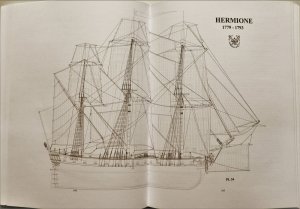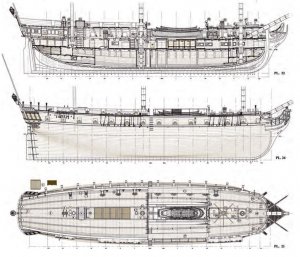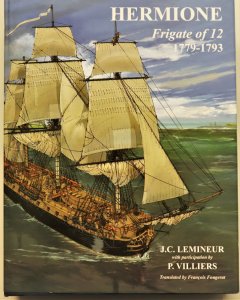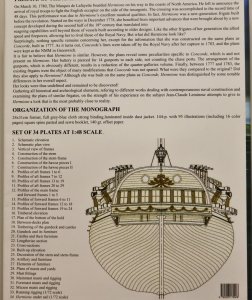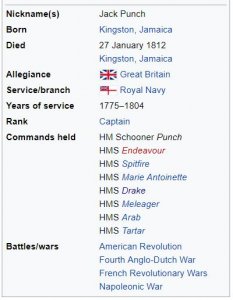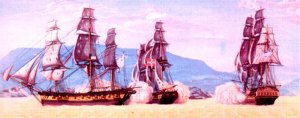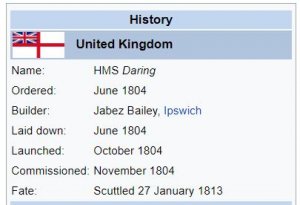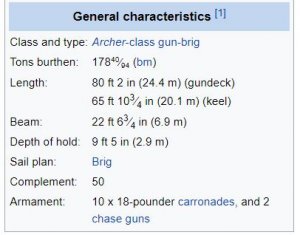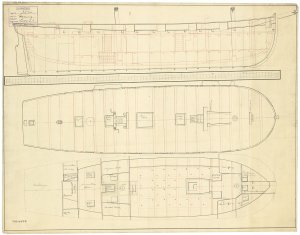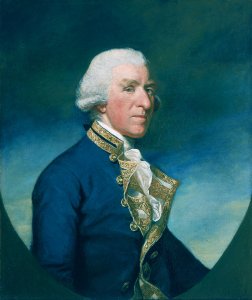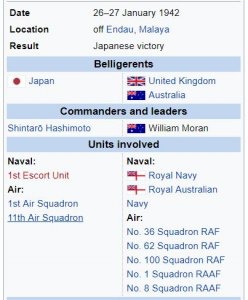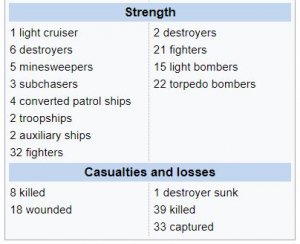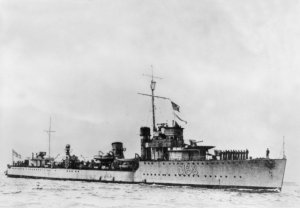Today in Naval History - Naval / Maritime Events in History
26 January 1793 - Horatio Nelson appointed to command HMS Agamemnon (1781 - 64)
HMS Agamemnon was a 64-gun third-rate ship of the line of the British Royal Navy. She saw service in the Anglo-French War, French Revolutionary and Napoleonic Wars, and fought in many of the major naval battles of those conflicts. She is remembered as being Nelson's favourite ship, and was named after the mythical ancient Greek king Agamemnon, being the first ship of the Royal Navy to bear the name.
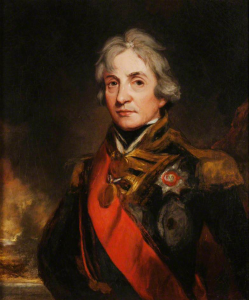
Horatio, Lord Nelson, by John Hoppner
The future Lord Nelson served as Agamemnon's captain from January 1793 for 3 years and 3 months, during which time she saw considerable service in the Mediterranean. After Nelson's departure, she was involved in the infamous 1797 mutinies at Spithead and the Nore, and in 1801 was present at the first Battle of Copenhagen, but ran aground before being able to enter the action.
Despite Nelson's fondness for the ship, she was frequently in need of repair and refitting, and would likely have been hulked or scrapped in 1802 had war with France not recommenced. She fought at the Battle of Trafalgar on 21 October 1805, as part of Nelson's weather column, where she forced the surrender of the Spanish four-decker Santísima Trinidad. Agamemnon's later career was served in South American waters off Brazil.
Her worn-out and poor condition contributed to her being wrecked when in June 1809 she grounded on an uncharted shoal in the mouth of the River Plate, whilst seeking shelter with the rest of her squadron from a storm. All hands and most of the ship's stores were saved, but the condition of the ship's timbers made it impossible to free the ship; her captain was cleared of responsibility for the ship's loss thanks to documents detailing her defects. Recently, the wreck of Agamemnon has been located, and several artefacts have been recovered, including one of her cannons.
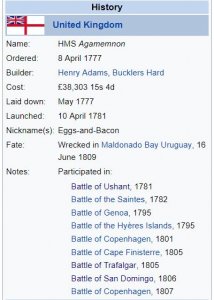
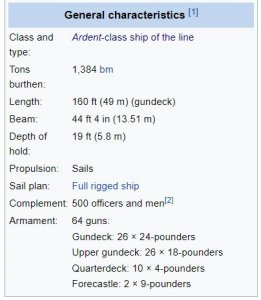

Scale: 1:48. Plan showing the body plan, sheer lines with inboard detail, and longitudinal half-breadth for Raisonnable (1768), and later for Agamemnon (1781) and Belliqueux (1780), all 64-gun Third Rate, two-deckers. Signed by Thomas Slade [Surveyor of the Navy, 1755-1771], and John Williams [Surveyor of the Navy, 1765-1784]
French Revolutionary War
Under Nelson
In anticipation of the start of Britain's involvement in the French Revolutionary War after the execution of King Louis XVI, Agamemnon was recommissioned on 31 January 1793. She was placed under the command of Captain Horatio Nelson, and after provisioning joined the fleet lying at anchor at the Nore. She subsequently sailed to join the Mediterranean fleet under Vice-Admiral Hood, which was blockading the French port of Toulon. On 27 August the town of Toulon declared its allegiance to the Royalist Bourbon cause, and Hood's fleet moved in to take control of the naval dockyard and the 30 French ships of the line that were in the harbour. After capturing 19 of the ships, Agamemnon was sent to Naples to ask King Ferdinand IV for reinforcements with which to secure the town; he agreed to provide 4,000 men. When the revolutionary army, commanded by Napoleon Buonaparte, launched its assault against Toulon, the troops proved insufficient to hold it, and they were forced to abandon the town. Later in the autumn, Agamemnon fought the inconclusive Action of 22 October 1793 against a French frigate squadron off Sardinia.
In April and May 1794, seamen from Agamemnon, led by Nelson, helped capture the Corsican town of Bastia. The French surrendered on 21 May, after a 40-day siege. After this action, Agamemnon was forced to sail to Gibraltar to undergo urgent repairs, the ship having become very worn out after just 16 months at sea, despite having undergone a fairly extensive refit just prior to being recommissioned. Upon completion of her repairs, Agamemnon returned to Corsica, anchoring south of Calvi on 18 June. After Hood arrived with additional ships, Agamemnon contributed guns and men to the 51-day siege of Calvi, during which time Nelson lost the sight in his right eye when a French shot kicked sand and grit into his face. The town surrendered on 10 August, Agamemnon having lost six men in the engagement. Shortly thereafter the inhabitants of Corsica declared themselves to be subjects of His Majesty King George III.
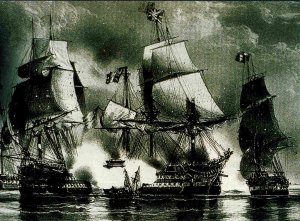
Agamemnon (left) battling Ça Ira on 13 March 1795. The frigates HMS Inconstant (left, background) and Vestale (right) are also visible.
Agamemnon, still with the Mediterranean fleet—now under Vice-Admiral William Hotham, who had superseded Hood in December 1794—participated in the Battle of Genoa when a French fleet, comprising 15 ships of the line, was sighted on 10 March 1795. Three days later, the French having shown no signs that they were willing to give battle, Admiral Hotham ordered a general chase. The French ship Ça Ira lost her fore and main topmasts when she ran into one of the other ships of the French fleet, Victoire, allowing HMS Inconstant to catch up with and engage her. Agamemnon and Captain came up to assist soon after, and continued firing into the 80-gun French ship until the arrival of more French ships led to Admiral Hotham signalling for the British ships to retreat. Ça Ira was captured the following day, along with Censeur, which was towing her, by Captain and Bedford.
On 7 July 1795, whilst in company with a small squadron of frigates, Agamemnon was chased by a French fleet of 22 ships of the line and 6 frigates. Due to adverse winds, Admiral Hotham was unable to come to her aid until the following day, and the French fleet was sighted again on 13 July, off the Hyères Islands. Hotham signalled for his 23 ships of the line to give chase, and in the ensuing Battle of the Hyères Islands, Agamemnon was one of the few Royal Navy ships to engage the enemy fleet. The French ship Alcide struck her colours during the battle, only to catch fire and sink. Many of the other French ships were in a similar condition; Agamemnon and Cumberland were manoeuvring to attack a French 80-gun ship when Admiral Hotham signalled his fleet to retreat, allowing the French to escape into the Gulf of Fréjus. Admiral Hotham was later greatly criticised for calling off the battle, and was relieved as Commander-in-Chief in the Mediterranean by Admiral Sir John Jervis at the end of the year.
Nelson was promoted to Commodore on 11 March. Shortly thereafter, in the action of 31 May 1796, boats from Agamemnon and Nelson's squadron captured a small convoy of French vessels off the Franco-Italian coast, while suffering minimal casualties.
On 10 June 1796 Nelson transferred his pennant to HMS Captain, Captain John Samuel Smith replacing him as Agamemnon's commander. Having been deemed in great need of repair, Agamemnon then returned to England.
https://en.wikipedia.org/wiki/Horatio_Nelson,_1st_Viscount_Nelson
https://en.wikipedia.org/wiki/HMS_Agamemnon_(1781)
http://collections.rmg.co.uk/collec...el-289643;browseBy=vessel;vesselFacetLetter=A
26 January 1793 - Horatio Nelson appointed to command HMS Agamemnon (1781 - 64)
HMS Agamemnon was a 64-gun third-rate ship of the line of the British Royal Navy. She saw service in the Anglo-French War, French Revolutionary and Napoleonic Wars, and fought in many of the major naval battles of those conflicts. She is remembered as being Nelson's favourite ship, and was named after the mythical ancient Greek king Agamemnon, being the first ship of the Royal Navy to bear the name.

Horatio, Lord Nelson, by John Hoppner
The future Lord Nelson served as Agamemnon's captain from January 1793 for 3 years and 3 months, during which time she saw considerable service in the Mediterranean. After Nelson's departure, she was involved in the infamous 1797 mutinies at Spithead and the Nore, and in 1801 was present at the first Battle of Copenhagen, but ran aground before being able to enter the action.
Despite Nelson's fondness for the ship, she was frequently in need of repair and refitting, and would likely have been hulked or scrapped in 1802 had war with France not recommenced. She fought at the Battle of Trafalgar on 21 October 1805, as part of Nelson's weather column, where she forced the surrender of the Spanish four-decker Santísima Trinidad. Agamemnon's later career was served in South American waters off Brazil.
Her worn-out and poor condition contributed to her being wrecked when in June 1809 she grounded on an uncharted shoal in the mouth of the River Plate, whilst seeking shelter with the rest of her squadron from a storm. All hands and most of the ship's stores were saved, but the condition of the ship's timbers made it impossible to free the ship; her captain was cleared of responsibility for the ship's loss thanks to documents detailing her defects. Recently, the wreck of Agamemnon has been located, and several artefacts have been recovered, including one of her cannons.



Scale: 1:48. Plan showing the body plan, sheer lines with inboard detail, and longitudinal half-breadth for Raisonnable (1768), and later for Agamemnon (1781) and Belliqueux (1780), all 64-gun Third Rate, two-deckers. Signed by Thomas Slade [Surveyor of the Navy, 1755-1771], and John Williams [Surveyor of the Navy, 1765-1784]
French Revolutionary War
Under Nelson
In anticipation of the start of Britain's involvement in the French Revolutionary War after the execution of King Louis XVI, Agamemnon was recommissioned on 31 January 1793. She was placed under the command of Captain Horatio Nelson, and after provisioning joined the fleet lying at anchor at the Nore. She subsequently sailed to join the Mediterranean fleet under Vice-Admiral Hood, which was blockading the French port of Toulon. On 27 August the town of Toulon declared its allegiance to the Royalist Bourbon cause, and Hood's fleet moved in to take control of the naval dockyard and the 30 French ships of the line that were in the harbour. After capturing 19 of the ships, Agamemnon was sent to Naples to ask King Ferdinand IV for reinforcements with which to secure the town; he agreed to provide 4,000 men. When the revolutionary army, commanded by Napoleon Buonaparte, launched its assault against Toulon, the troops proved insufficient to hold it, and they were forced to abandon the town. Later in the autumn, Agamemnon fought the inconclusive Action of 22 October 1793 against a French frigate squadron off Sardinia.
In April and May 1794, seamen from Agamemnon, led by Nelson, helped capture the Corsican town of Bastia. The French surrendered on 21 May, after a 40-day siege. After this action, Agamemnon was forced to sail to Gibraltar to undergo urgent repairs, the ship having become very worn out after just 16 months at sea, despite having undergone a fairly extensive refit just prior to being recommissioned. Upon completion of her repairs, Agamemnon returned to Corsica, anchoring south of Calvi on 18 June. After Hood arrived with additional ships, Agamemnon contributed guns and men to the 51-day siege of Calvi, during which time Nelson lost the sight in his right eye when a French shot kicked sand and grit into his face. The town surrendered on 10 August, Agamemnon having lost six men in the engagement. Shortly thereafter the inhabitants of Corsica declared themselves to be subjects of His Majesty King George III.

Agamemnon (left) battling Ça Ira on 13 March 1795. The frigates HMS Inconstant (left, background) and Vestale (right) are also visible.
Agamemnon, still with the Mediterranean fleet—now under Vice-Admiral William Hotham, who had superseded Hood in December 1794—participated in the Battle of Genoa when a French fleet, comprising 15 ships of the line, was sighted on 10 March 1795. Three days later, the French having shown no signs that they were willing to give battle, Admiral Hotham ordered a general chase. The French ship Ça Ira lost her fore and main topmasts when she ran into one of the other ships of the French fleet, Victoire, allowing HMS Inconstant to catch up with and engage her. Agamemnon and Captain came up to assist soon after, and continued firing into the 80-gun French ship until the arrival of more French ships led to Admiral Hotham signalling for the British ships to retreat. Ça Ira was captured the following day, along with Censeur, which was towing her, by Captain and Bedford.
On 7 July 1795, whilst in company with a small squadron of frigates, Agamemnon was chased by a French fleet of 22 ships of the line and 6 frigates. Due to adverse winds, Admiral Hotham was unable to come to her aid until the following day, and the French fleet was sighted again on 13 July, off the Hyères Islands. Hotham signalled for his 23 ships of the line to give chase, and in the ensuing Battle of the Hyères Islands, Agamemnon was one of the few Royal Navy ships to engage the enemy fleet. The French ship Alcide struck her colours during the battle, only to catch fire and sink. Many of the other French ships were in a similar condition; Agamemnon and Cumberland were manoeuvring to attack a French 80-gun ship when Admiral Hotham signalled his fleet to retreat, allowing the French to escape into the Gulf of Fréjus. Admiral Hotham was later greatly criticised for calling off the battle, and was relieved as Commander-in-Chief in the Mediterranean by Admiral Sir John Jervis at the end of the year.
Nelson was promoted to Commodore on 11 March. Shortly thereafter, in the action of 31 May 1796, boats from Agamemnon and Nelson's squadron captured a small convoy of French vessels off the Franco-Italian coast, while suffering minimal casualties.
On 10 June 1796 Nelson transferred his pennant to HMS Captain, Captain John Samuel Smith replacing him as Agamemnon's commander. Having been deemed in great need of repair, Agamemnon then returned to England.
https://en.wikipedia.org/wiki/Horatio_Nelson,_1st_Viscount_Nelson
https://en.wikipedia.org/wiki/HMS_Agamemnon_(1781)
http://collections.rmg.co.uk/collec...el-289643;browseBy=vessel;vesselFacetLetter=A




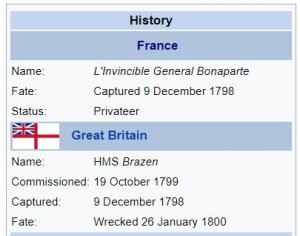
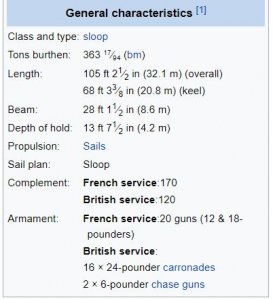


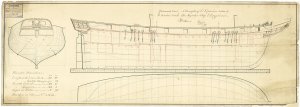
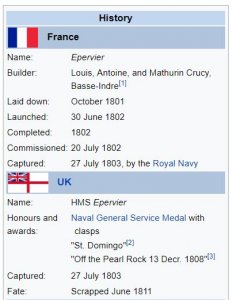
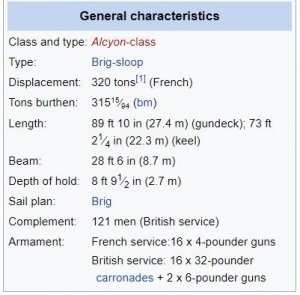
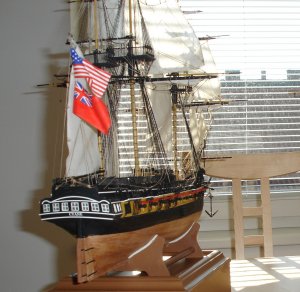
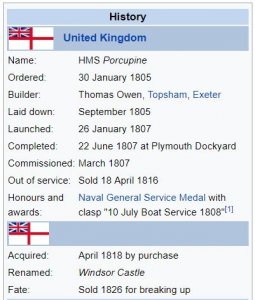
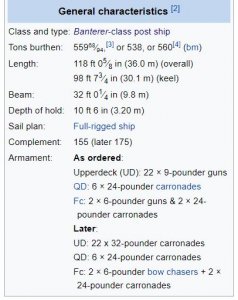
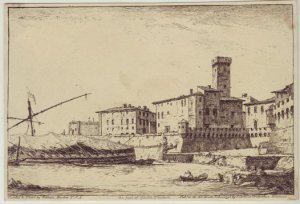
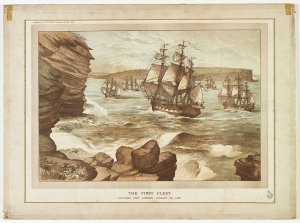
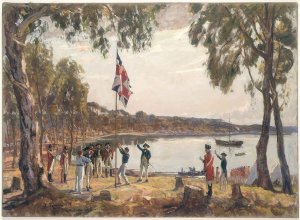
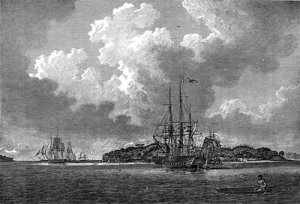
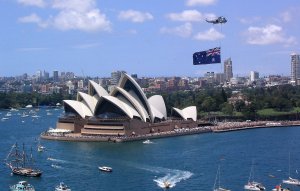
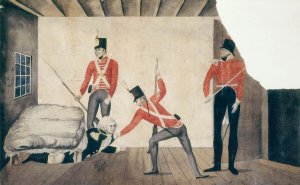
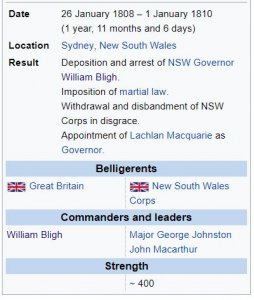
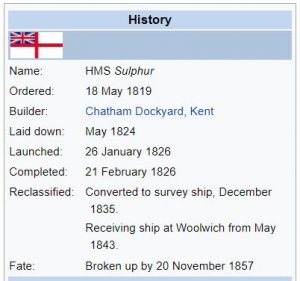
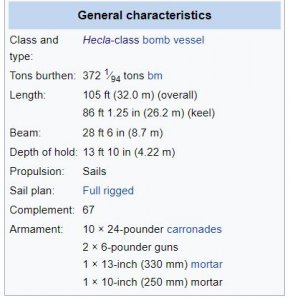
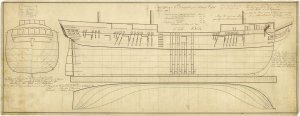
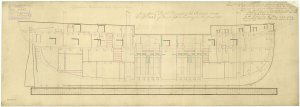
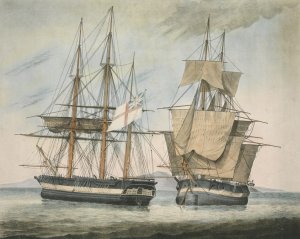

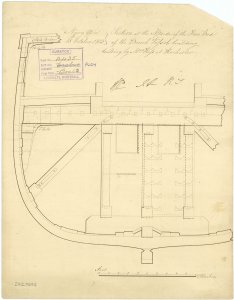
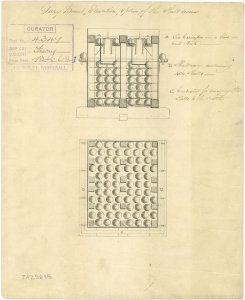
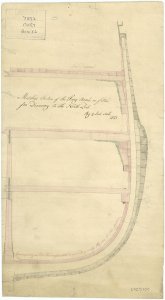
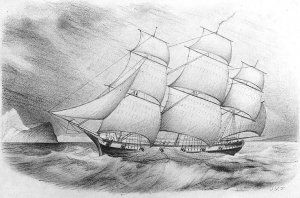
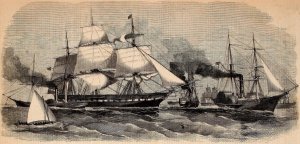
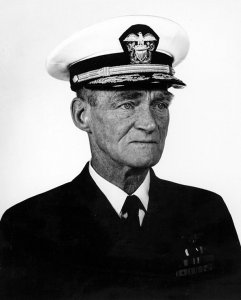
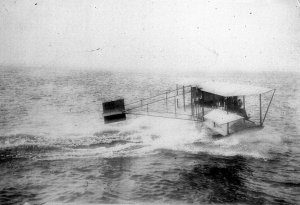
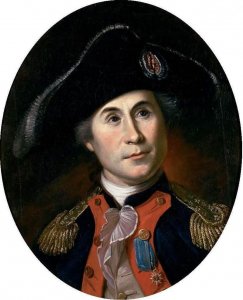
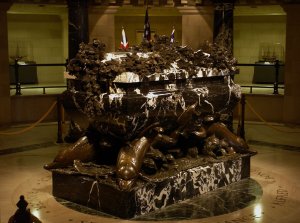
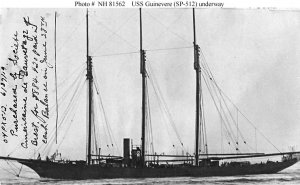
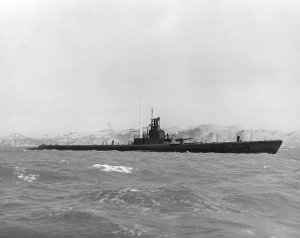
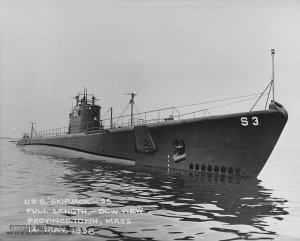

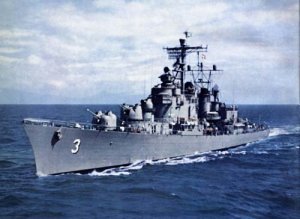
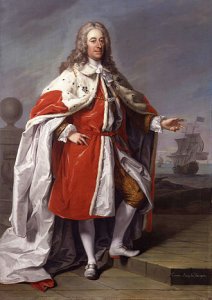
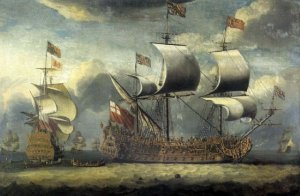
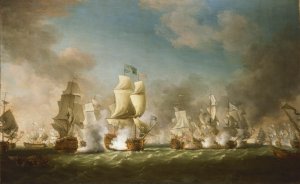
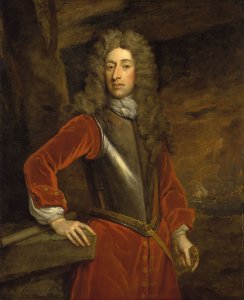
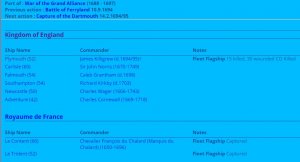
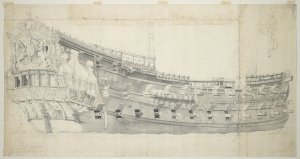
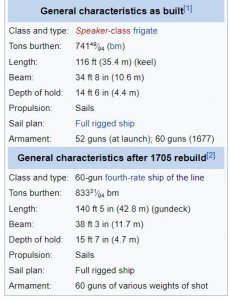
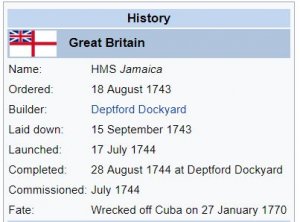
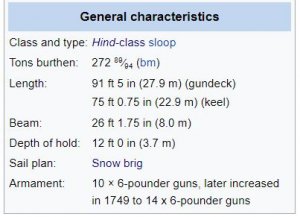
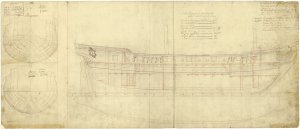

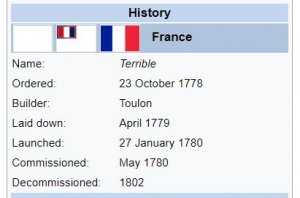
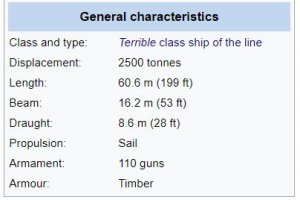
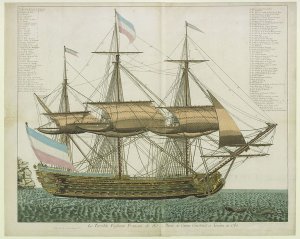
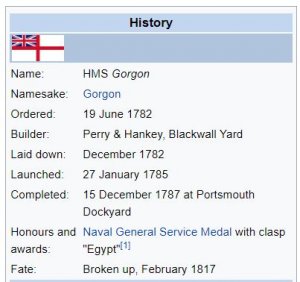
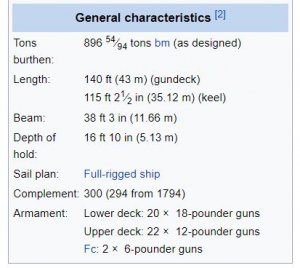
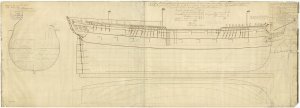

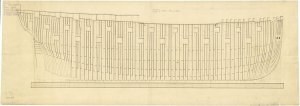
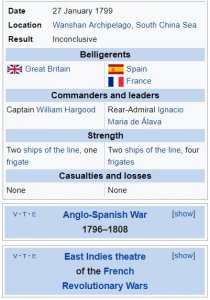
 age
age of the junction of the French and Spanish squadrons reached Rainier soon afterwards. With the assembling merchant ships at Macau were the frigates
of the junction of the French and Spanish squadrons reached Rainier soon afterwards. With the assembling merchant ships at Macau were the frigates 
